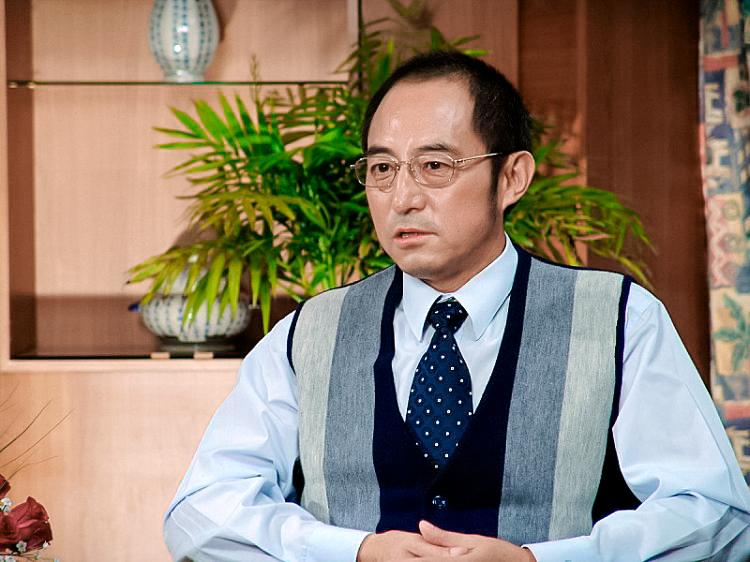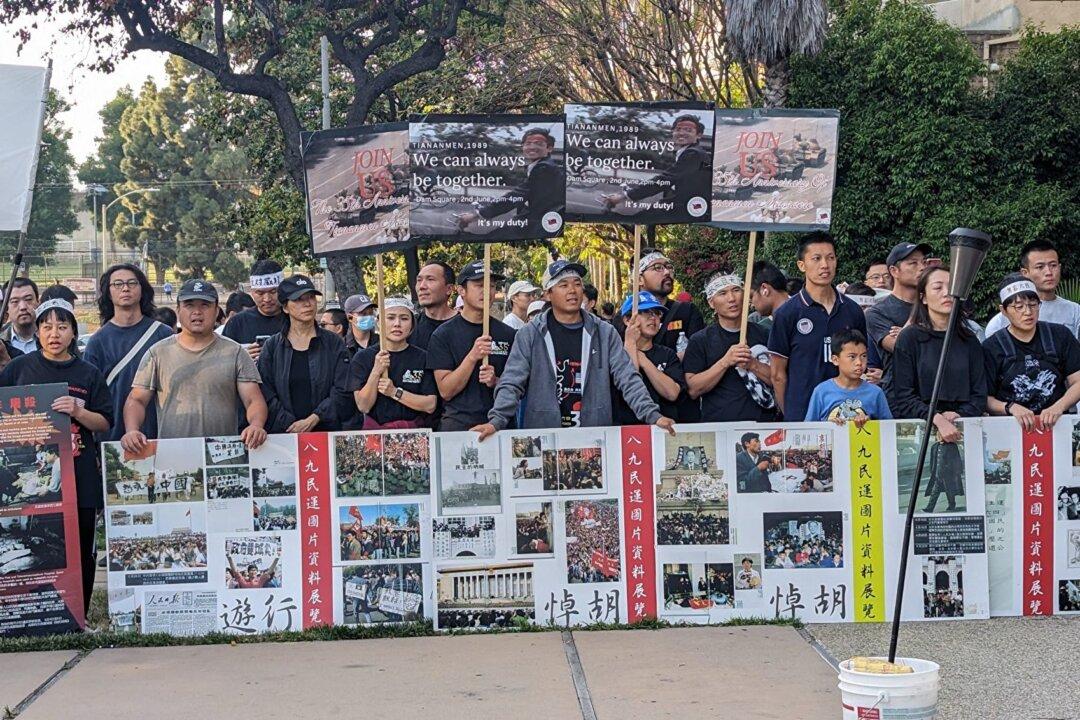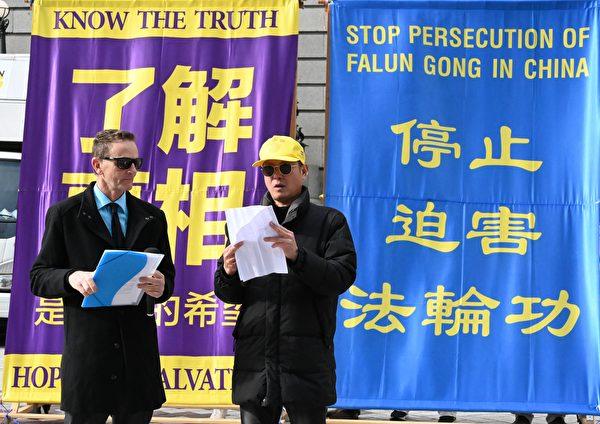A survey of residents in Shanghai, including people who are at “high risk” of contracting COVID-19, reveals that a low percentage of them are willing to take Chinese-made COVID-19 vaccines, according to a set of internal documents obtained by The Epoch Times.
The financial hub is currently experiencing a resurgence in cases, with some areas of the city going under full lockdown.
Jing'an district is one of the main urban areas of Shanghai, with roughly 1.06 million permanent residents; 39 percent of them are over the age of 60.
A set of January work reports from the Jing'an district’s health commission, which was obtained by The Epoch Times, contains survey data on locals’ willingness to take Chinese vaccines for COVID-19. Of the 113,000 people surveyed by the commission, 24,000—or roughly 21 percent—said they were willing to be vaccinated.
Meanwhile, 11,811 people in the district have already received the first dose of a COVID-19 vaccine, while 668 people have received a second dose.
While the documents don’t indicate which manufacturer’s vaccine was administered, it’s likely from the state-run drug company Sinopharm, since that’s the only one that Chinese regulators have approved for the general population.
The report also showed that 17 cases of adverse reactions were reported, including 12 cases of “general reactions,” four cases of “abnormal reactions,” and one “concidental event.” The latter term refers to an event that occurs after a vaccination but isn’t caused by the vaccine.
Officials at Sinopharm didn’t immediately respond to a request by The Epoch Times for comment.
At a Jan. 9 press conference by the central government’s State Council, officials claimed that Chinese-made COVID-19 vaccines have few health risks.
“Severe adverse reaction of vaccination occurs about one in a million.”
But based on the district’s data, out of a total of 12,479 (11,811 + 668) people, four cases of “abnormal reactions” equals to about three per 10,000.
At the same press conference, officials said vaccines will be administered in “three steps.” The first step is for “key populations,” including medical staff and personnel who work in airlines, border and customs, and logistics; the second step is to vaccinate high-risk groups, such as the elderly and people with chronic and underlying diseases; the third step is to vaccinate the general population.
But the health commission data shows that only a small number of people in the priority groups were willing to take the vaccine.
According to the data, at the Cishuixian Women and Children’s Hospital of Shanghai, only 33 people said they were willing to be vaccinated, out of 135 questioned. At the Shanghai East China Hospital, 616 people indicated a willingness, out of a total of 1,261 people surveyed. The Shanghai Dermatology Hospital found 124 people who said they were willing to be vaccinated, in a survey of 735 people.

Staff within the local government bureaucracy were no more willing to take the vaccine. For example, the Shanghai Medical Insurance Management Center, an agency of the city government, surveyed 155 people, and 25 people said they were open to taking the vaccine.
People who work in logistics and transportation also were identified by Chinese authorities as at high risk of contracting the disease.
In a survey of 1,196 people from 10 express courier companies that operate in the district, only 12 people were willing to be vaccinated.

Due to the vulnerable populations of nursing homes, they have been regarded as the hardest hit and with the highest mortality rate.
But in a survey of the district’s welfare and elderly care institutions, only 48 people were willing to be vaccinated out of 1,317 people surveyed at 42 nursing homes and one assistance center. At 35 of those facilities, there was zero willingness—no one said they were willing to be vaccinated.

Wu Jinglei, director of the Shanghai Health Commission, claimed on Jan. 22 that the city has vaccinated more than 840,000 people, including more than 180,000 doctors, nurses, and other medical workers.




